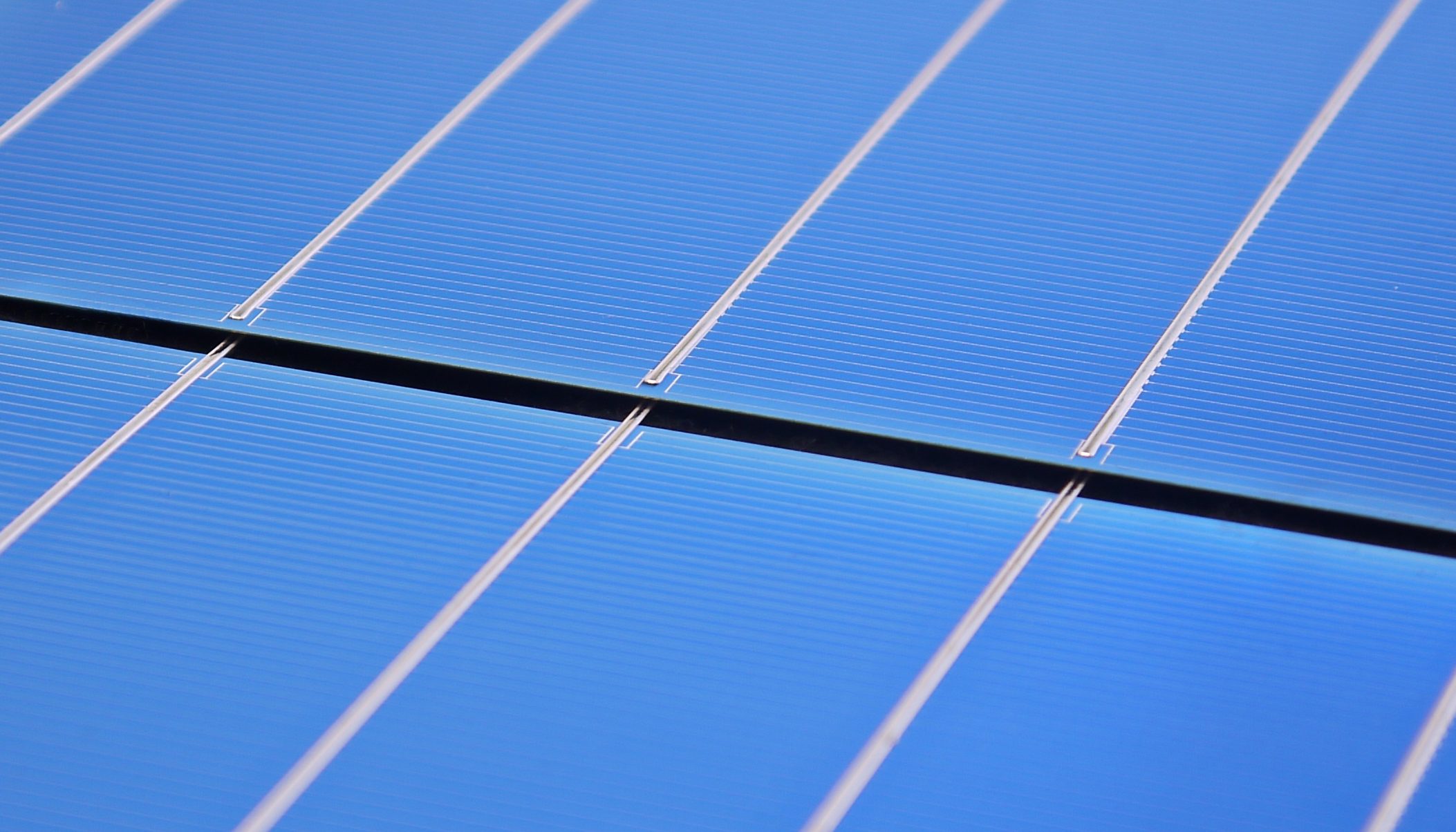In a new study, researchers at the Fraunhofer Institute for Solar Energy Systems ISE have calculated that silicon photovoltaic modules manufactured in the European Union produce 40 percent less CO2 than modules manufactured in China. Using a life cycle analysis (LCA), the research team compared the CO2 footprint of monocrystalline solar modules manufactured in Germany, Europe and China. In the process, they also found that glass-glass modules enable an additional emissions reduction ranging between 7.5 to 12.5 percent compared to PV modules with backsheet films, regardless of their production location.
Although photovoltaic modules convert sunlight into electricity without producing emissions, PV-generated solar energy does produce CO2 emissions during production, transport and at the end of module life. These emissions are, however, very low: About 40 times less CO2 is produced per kilowatt-hour with PV electricity than with electricity generated by lignite. In the study, Fraunhofer ISE calculated the CO2 footprint of six monocrystalline silicon photovoltaic modules. Modules manufactured in China, Germany and the European Union, as well as a module with glass-foil laminate and one with glass-glass laminate were investigated.
Electricity Mix of Countries Has the Greatest Influence on the CO2 Footprint
“If I want to install a photovoltaic system in a European location with average irradiation values, I have a great influence on its climate friendliness with the choice of my PV modules,” explains Dr. Holger Neuhaus, Head of Department for Module Technology at Fraunhofer ISE. “With PV modules manufactured in the EU, I save 40 percent in CO2 emissions compared to modules imported from China.”
This is mainly due to the energy mix of the respective countries and less to the emissions generated during transport. At 50 to 63 percent, the share of energy required in manufacturing is the most influential factor on the CO2 footprint of a solar module. For a PV module from China, the CO2 emissions generated during transport to the EU account for about 3 percent of the total emissions.
“Due to the significantly lower CO2 emissions during production and the further strong increase in demand for more climate-friendly PV modules worldwide, it is now a matter of establishing the PV production chain in Europe quickly and with a great deal of commitment,” concludes Prof. Andreas Bett, Institute Director at Fraunhofer ISE. China has a dominant market position: In 2019, China produced 68 percent of the polysilicon, 96 percent of all wafers, 76 percent of all solar cells and 71 percent of all PV modules.





















